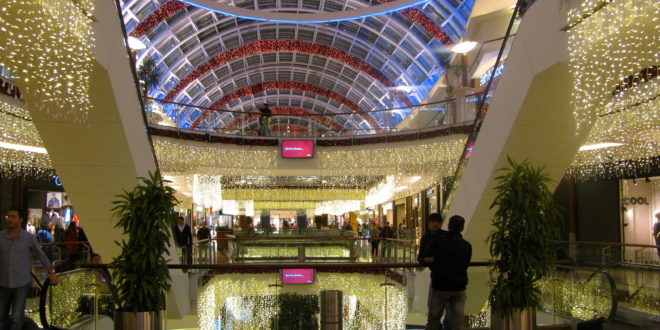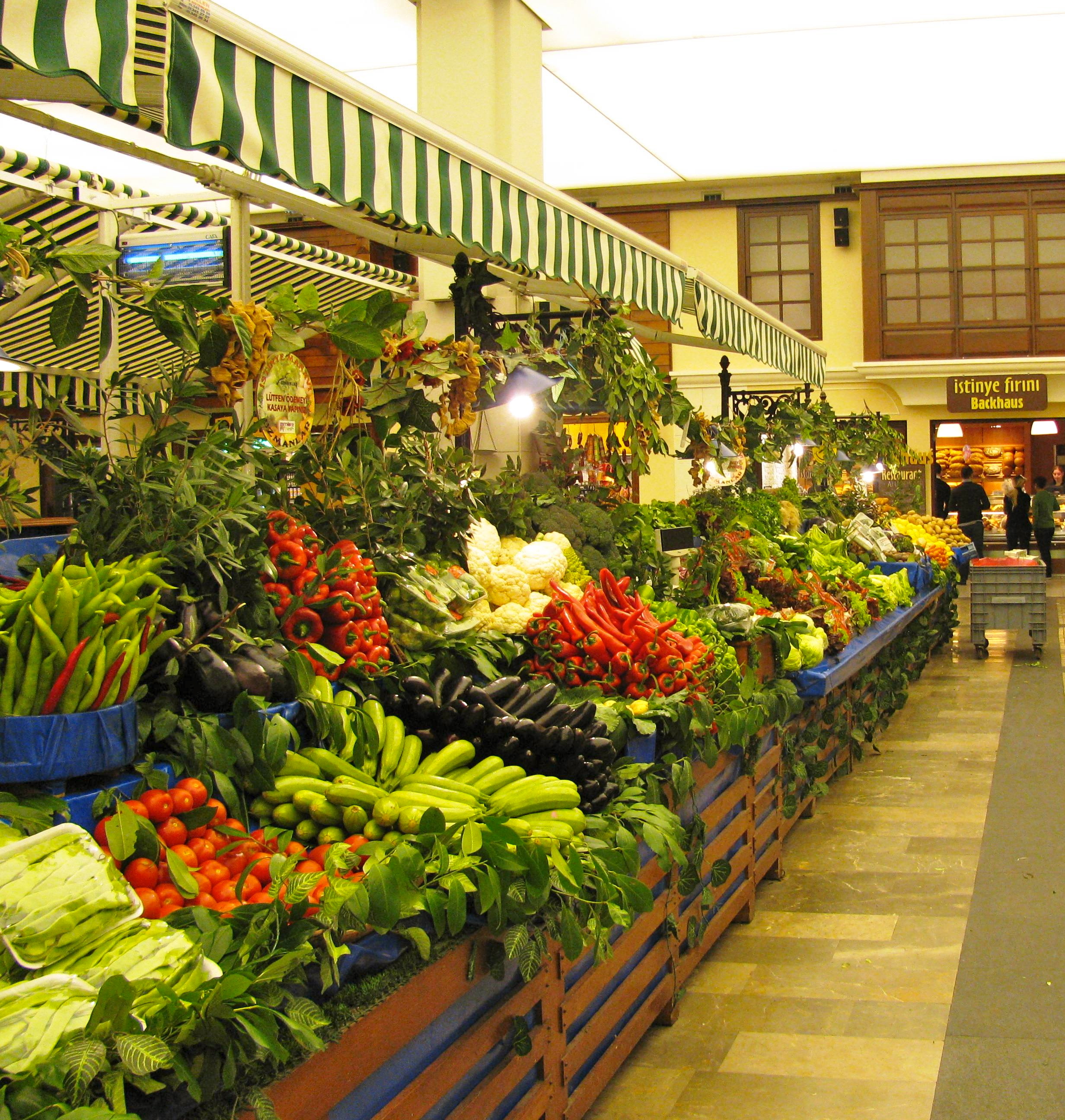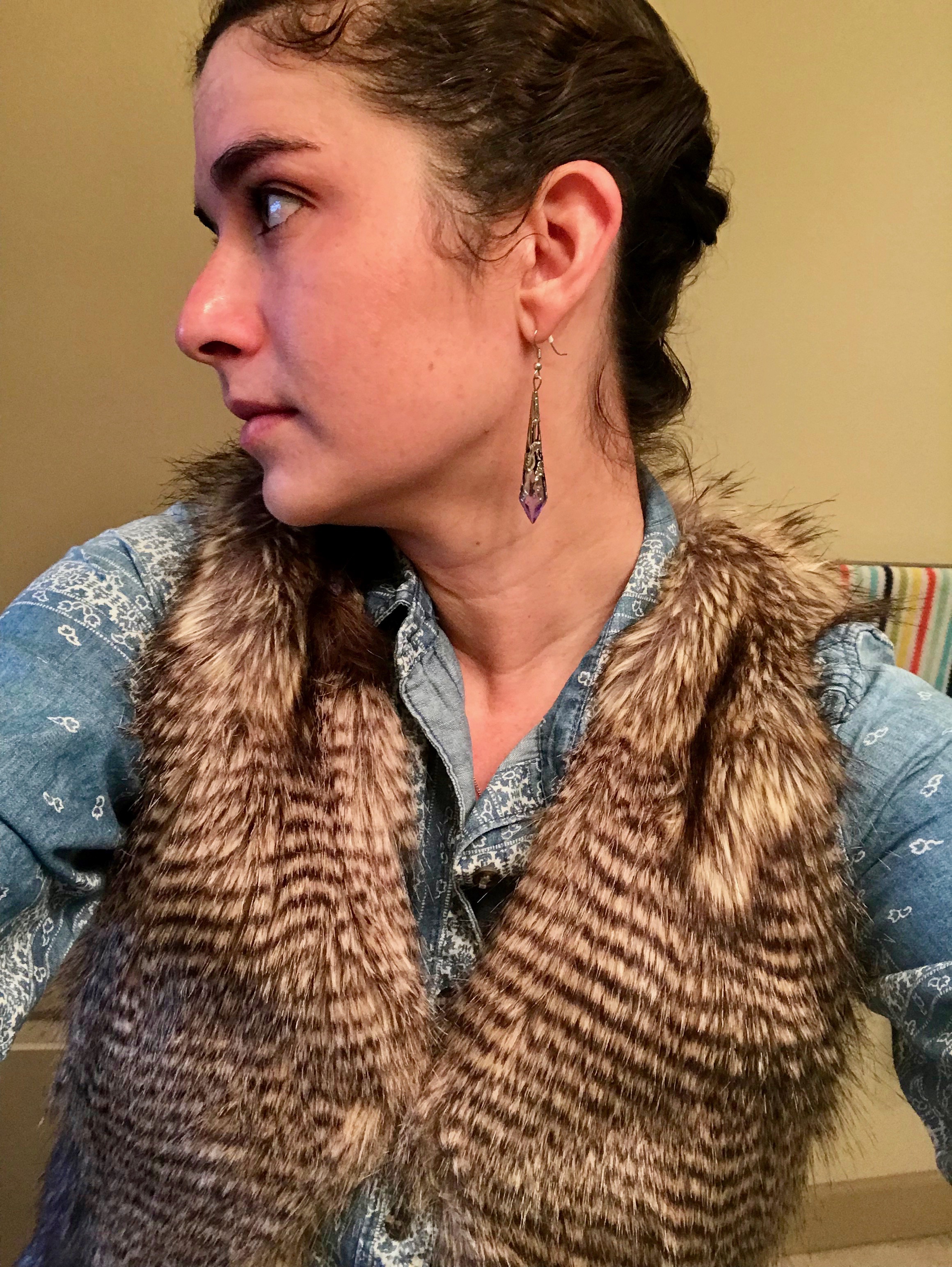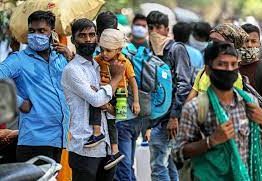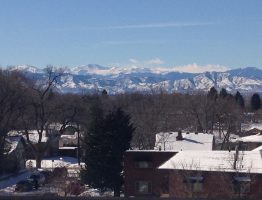In this post I’ll take you to a land where malls are still magical. Not only in appearance, but in their ability to soothe two homesick Americans.
When my husband, Sankar, and I moved to Istanbul in 2010, we anticipated a lot of challenges. Communicating in a strange new language. Navigating a city of 16 million. Experiencing culture shock. But we didn’t quite anticipate the number of hours each weekend we’d be spending by ourselves.
During a previous overseas move, to Costa Rica in the 90s, we’d had young children. Making friends with parents we met through school had been a cinch. We were empty nesters now, and had arrived in early summer, just as other expats returned to their countries for the summer. Although Turks were friendly, and several of Sankar’s colleagues had immediately invited us over, those outings only took up three or four of the 36 plus hours we had to fill each weekend.
Why not get out and see Istanbul? Several reasons. It turned out that city traffic was fiercest during weekends; Istanbulus take public transport to their jobs, but on Saturdays and Sundays, they jump into their cars. So driving around our vast and decentralized new metropolis wasn’t a good idea. We had already visited the major tourist sites, and weren’t familiar with lesser sites, nor the city’s mass transit system. Walks were definitely an option; in fact we enjoyed them many weekday evenings after Sankar got back from work. But what else could we do?
Working out was one idea. We had joined a health club, Hillside, that was attached to a nearby mall called Istinye Park. The club’s floor-to-ceiling windows overlooked layers of brand new concourses and shops with unfamiliar and intriguing names. Paşabahçe. Stefanel. Roman. Ipekyol, which means Silk Road. A branch of a grocery store we liked was also located in the mall (why don’t U.S. malls have food stores? I know, too many bags to carry. But we simply saved that errand until last). So after working out, we’d stop to pick up a carton of milk, a bunch of bananas, or something for dinner.
We discovered that the entire north wing of the mall’s second level was taken up by a fruit and vegetable market under an atrium so high it felt like we were in the open air. And that was surrounded by shops that sold nuts, dried fruits, smoothies, and fresh fish and meat. Soon we were sampling Turkish Delight, raisins with seeds (surprisingly delicious) and fistikli atoms, meatball-sized concoctions involving pistachio nuts and carrot paste that taste way better than they sound.

Since Sankar seldom had time to shop and was perennially short on clothes, we’d peek into one of the mall’s more than half dozen men’s stores. Ramsey. Sarar. Massimo Dutti. W., which made us think of our recent president. We followed a preordained Turkish script when entering a store. The proprietor would greet us with “Hosh Geldiniz,” We are happy you came. And we would respond with “Hosh Bulduk,” We are happy to find you. Though rote, this generally put smiles on faces.
I grew up in Minnesota, home of Southdale, the nation’s first enclosed mall. I shopped at my local mall, Rosedale, and worked as a sales clerk there during my college years. There were times that, having spent my one-hour lunch breaks walking around, I felt I knew every item that was for sale. I had totally overdone the mall experience.
Later, when I had small children, the idea of trudging from store to store with them was unappealing. Thankfully, catalog shopping was becoming a thing, and after that I switched to online ordering. By the time I left Minnesota for Turkey, I rarely paid a visit to a mall.
I hadn’t expected to buy much new clothing in Turkey. Somehow I didn’t envision Turkish women as fashionable. Instead, because Turkey is 99% Muslim, I wondered whether I’d need to follow a dress code. I would not. Although half of Turkish women cover their hair with babushka scarves tied under their chins, others wear chic, up-to-date styles: short, color block dresses; wool Bermuda shorts; and thigh-high suede boots.
After shopping, Sankar and I would sit down at a kahvaltı (breakfast) restaurant and drink tea. Then we’d scan the lunch options; anything to avoid going back to our apartment. Near the open-air market, were several small, attractive fish and meat restaurants (I’m not sure why, but these two entrees are generally offered in separate restaurants in Turkey). Somehow, we never thought we were cool enough to eat at those places.
Instead, we’d head to the food court, located at a busy junction on the second level. It featured scrupulously clean tables, friendly workers who bussed plates, and a total absence of the fried food aroma that often plagues American malls. We chose from Mezzaluna, a casual Italian bistro; a Turkish buffet called Kasik La, With Spoon, that made delicious Ramazan bread; Gunaydin, a doner restaurant; and Le Pan Quotidian, from France. Gelato for dessert, and a visit to Starbucks or—hurrah for the home team!—Caribou Coffee.
After eating, without any discussion, we’d do something that still surprises me. We would simply sit, sometimes for more than an hour, and watch our new countrymen. The bright Turkish sun streamed in from a glass ceiling three stories over our heads, and people of all ages strolled past or sat, eating. Although America was in recession, but the Turkish economy was booming and there were plenty of shoppers. Nobody seemed to notice us, and nobody came up to talk with us, but we’d been so unfailingly well treated by every Turk we’d met that we felt we were among friends.
“We’re hanging out at a mall!” I rebuked myself. But I couldn’t argue with how peaceful and settled it was making us feel. We didn’t have to navigate new roads or make new decisions. The familiar setting made us feel we were back home, albeit with just enough points of difference to spark our interest.
Although Istinye Park mall was in an affluent neighborhood, there were brand new malls catering to all income levels in Istanbul. Some, in conservative neighborhoods, featured decidedly more demure female clothing, often in pale or dark colors, and often festooned with sweet little bows. Just outside the city were discount stores: on one of our first crossings into Asia, we were startled to encounter a gleaming outlet mall, complete with an attached, sit-down restaurant. Spending time in those malls was also pleasant. We had come to a flourishing country with a younger population. One where malls were still magical.
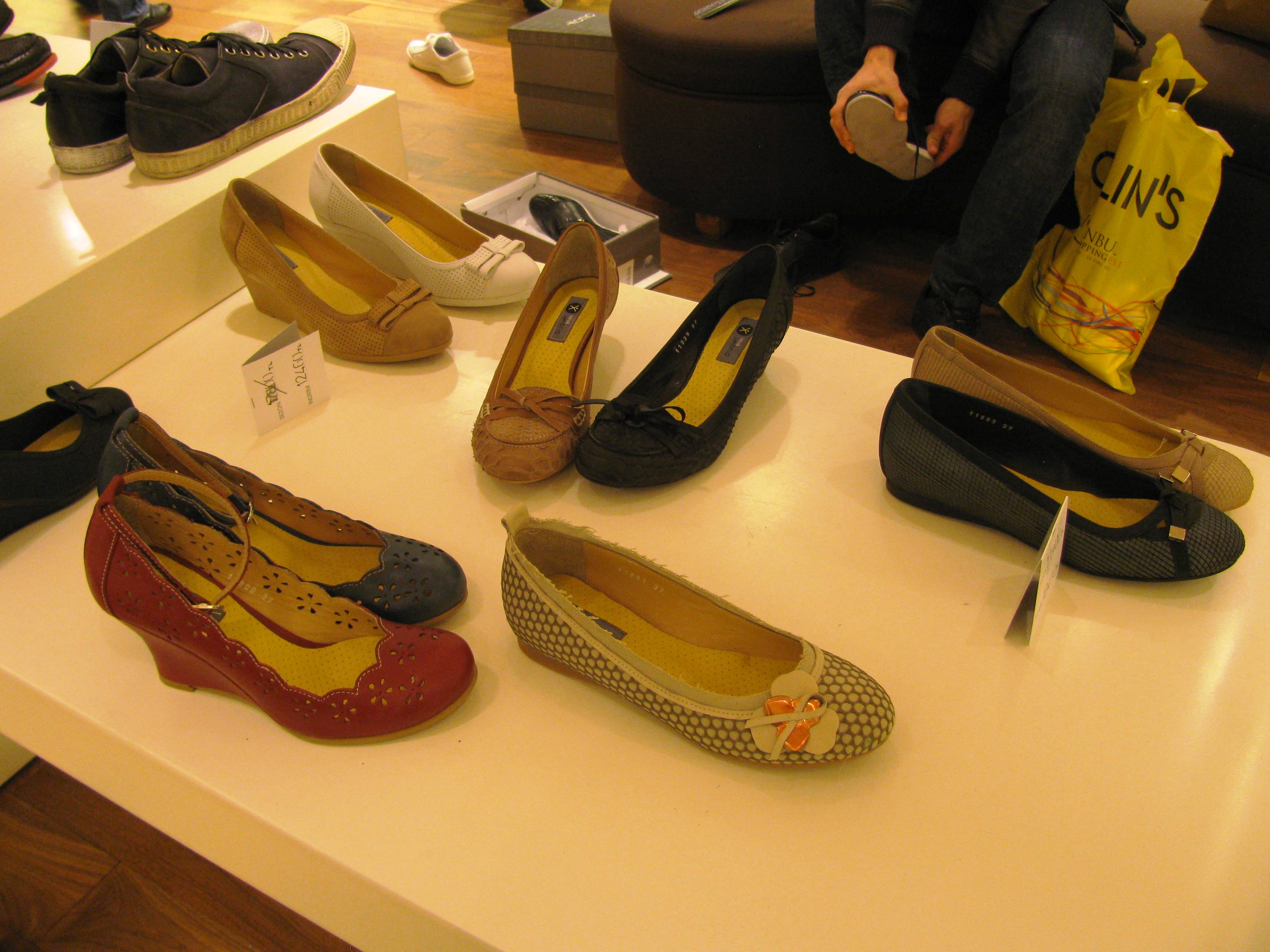
At first I found Turkish clothing too flirty and frilly for my tastes. Necklines were low, hemlines were high—and women of all ages seemed to dress young. Eventually, however, my tastes changed—and I found some stores that had more variety. I loved the ethereal tops and scarfs at Yargici, the chic city stripes of Mudo, and the bright, inexpensive sweaters at Mango. Prices were always moderate: not cheap, but rarely expensive.
Even after we started to make friends and have weekend plans, our mall love continued. When visitors Laurie and John arrived, we took them to the mall on their very first day (granted, Laurie needed a bathing suit—and she found an up-to-date black two piece). When Arlene and Scott came, we headed to the mall for a kebab dinner. Every time we visited the mall, we remembered our lonely first months in Turkey and how the mall had stepped up and helped us.
The most fun was when our kids visited. Angela loves to shop, and she found Turkish stores interesting and unique. She was familiar with H & M, Zara, and Mango, but others—Bershka, Stradivarius, Pull and Bear, Mudo, ADL, and the British chains, Marks & Spencer and Debenham’s—were completely new. And those were just the clothing stores. Several designer-quality shoe stores, Inci, Hotiç, Derimod, among others, offered an impressive array of flats, heels, and riding boots. We’d examine the windows of all the shops—once we passed a display with a half-nude model (“In a Muslim country!” we exclaimed)—splurge on a new scarf or some Yargici earrings, and then have a crazy good lunch, for example savory roasted lamb on pide bread, accompanied with ayran a salty yogurt beverage.

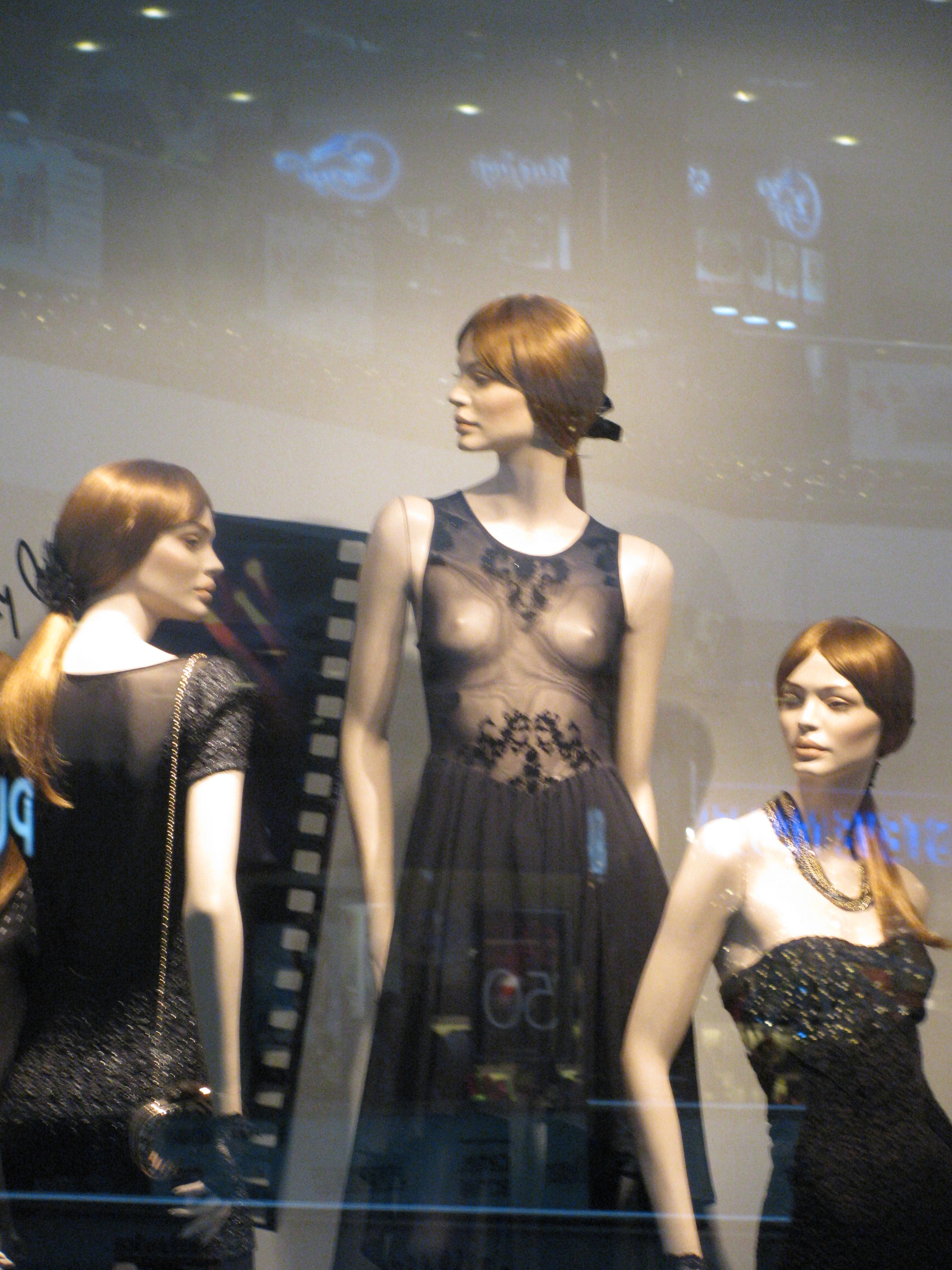
It turns out that as far as both design and production, Turkey is the textile capital for the Middle East and North Africa. “All our clothes come from Turkey,” my Iraqi students informed me. Later in Minnesota, when I taught Ethiopian immigrants, they told me Turkish clothing was popular in their country, too.
Sankar ended up establishing a years-long relationship at a venerable men’s store, the Kurdish-run Abdallah Kiğili, whose tailoring and comprehensive selection he liked. He bought many pairs of slacks, shirts, and even a few suits there over the years—and has stopped there on visits to Turkey even after we moved back to Minnesota. The Kiğili staff always served us tiny tulip glasses of tea, but eventually we graduated to lattes. And when the son of the proprietor was getting married, we got an invite.
I miss living in a place where malls are still magical. Angela and I bought some wonderful clothes in Turkey, and we’ve been wearing them for five years now. A fur vest. Some pretty earrings and necklaces. Faded-navy tie shoes with a contrasting sole. A gray, belted raincoat—I received a compliment on it in a Minnesota restaurant. Some have worn out–my coat is fraying now, but I am going to have it refurbished. Angela has also cherished her Turkish clothes. She wore out a pair of Inci boots, but I promised to bring her a new pair when we visit this coming fall.



Traffic is a big problem in Istanbul, and even before we left, an online service, Markafoni, was gaining popularity. And as I prepared a list of Turkish clothing websites for you (below), I noticed that many of these stores now offer online shopping. A convenience, but in a place are malls were still magical, I’ll be sad if they start to decline. They brought me face to face with the exuberance of a youth-oriented, economically strong country. They were odes to unexpected beauty, and a chance for some girl time with my daughter, who lived almost nine thousand miles away. Most of all, they were a soft place for us to land, soothing and sheltering us in the weeks and months before we found friends in Turkey.
For more information, visit these sites:
http://shop.yargici.com.tr/home
